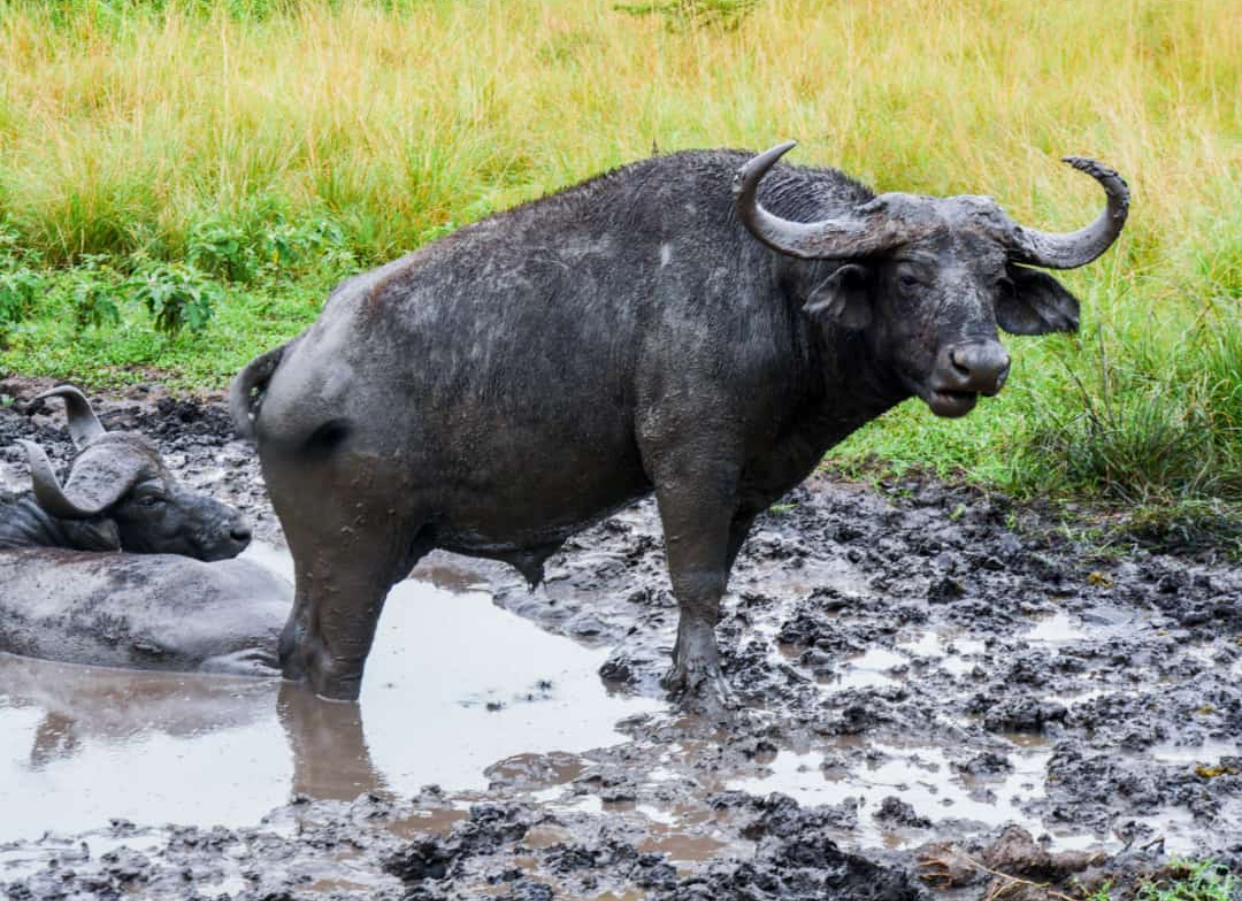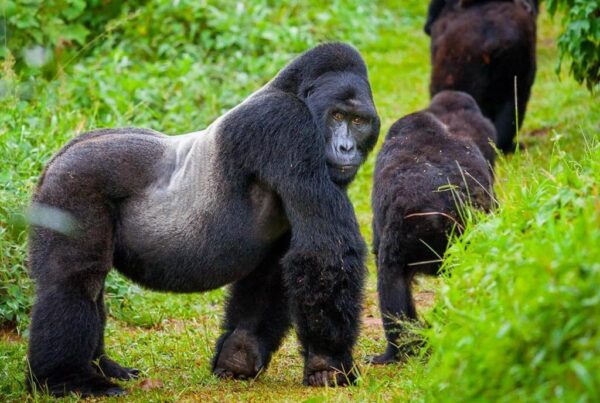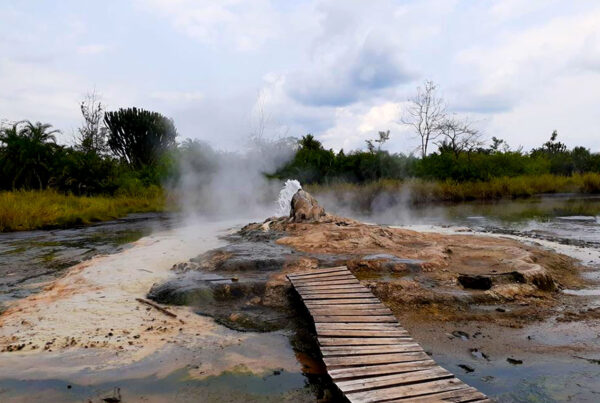Murchison Falls National Park in June: The Dawn of the Dry Season’s Wildlife Spectacle
Murchison Falls National Park, Uganda’s largest and most celebrated wildlife reserve, reveals a remarkable transformation in June as the long rainy season recedes and the dry season firmly establishes itself. This month heralds a period of increased accessibility, improved wildlife visibility, and invigorated ecosystems shaped by the recent rains. June emerges as a premier time for safari enthusiasts to experience the dramatic landscapes and diverse fauna of the park at their peak. The contrast between the lush aftermath of the wet season and the gradual drying of the terrain creates a unique environment where nature’s rhythms are vividly observed.
Climate and Environmental Conditions: Transition to the Dry Season
June is characterized by a noticeable reduction in rainfall, with the park entering the dry season’s early phase. Weather conditions become increasingly stable, featuring warm days, cooler mornings, and predominantly clear skies. The humidity diminishes, offering visitors a more comfortable climate conducive to outdoor exploration. The heavy rains of previous months have saturated the soil and replenished water sources, but the drying process begins as sunshine intensifies.
The landscape during June retains much of its lush greenery, nourished by the recent rains, yet the grasses begin to shorten and thicken as the season progresses. The Nile River flows robustly, feeding the iconic Murchison Falls with sustained vigor. The waterfalls themselves remain a powerful spectacle, their roar amplified by the ample water volume, attracting visitors eager to witness this natural marvel under clear, bright conditions. The combination of receding rains and rich vegetation sets the stage for vibrant wildlife activity and enhanced viewing conditions.
Wildlife Behavior and Viewing Prospects: Concentration and Activity
June’s transition into the dry season significantly influences wildlife behavior across Murchison Falls National Park. As water sources start to become less widespread, animals begin to concentrate around permanent rivers, lakes, and waterholes, making wildlife encounters more predictable and frequent. Large herds of elephants, buffaloes, Uganda kobs, and other herbivores are commonly observed gathering near the Nile River and its tributaries.
Predators such as lions and leopards continue to patrol these areas, capitalizing on the increased density of prey animals. The open grasslands and thinning vegetation improve sightlines, enabling visitors to observe wildlife at greater distances and in clearer detail. Breeding activities among many species are still ongoing, supported by the abundance of food and water, enhancing opportunities to witness juvenile animals and family groups.
Birdlife remains exceptionally vibrant in June, benefiting from the mosaic of moist and drying habitats. Resident species thrive while some migratory birds linger, creating rich birding opportunities. Species such as the African fish eagle, kingfishers, and the distinctive grey-crowned crane are frequently sighted, making this period a highlight for birdwatching enthusiasts and photographers alike.
Safari Activities and Experiences: Maximizing the Dry Season Start
Safari activities in June are tailored to leverage the improving conditions and heightened wildlife visibility. Game drives are conducted with increased efficiency, as dry roads allow for greater access throughout the park. The cooler mornings and evenings encourage early and late excursions, which align with peak animal activity periods, enhancing chances for memorable sightings.
Boat cruises on the Nile River continue to captivate guests, offering intimate views of aquatic wildlife such as hippos and crocodiles. The powerful cascade of Murchison Falls, combined with the bright, clear skies of June, provides breathtaking photographic opportunities and sensory experiences. These cruises allow a unique perspective on the park’s ecosystem, highlighting the interconnectedness of land and water habitats.
Guided walking safaris are also popular during this month, as the firm ground conditions improve safety and accessibility. These walks offer detailed insights into the park’s smaller flora and fauna, revealing ecological intricacies often missed on vehicle-based safaris. Cultural visits to neighboring communities remain a valuable part of the itinerary, enhancing understanding of the local heritage and conservation initiatives.
Why June is an Exceptional Month to Visit Murchison Falls National Park
June presents a compelling balance of favorable weather, abundant wildlife, and exceptional accessibility, making it one of the most desirable months to visit Murchison Falls National Park. The dry season’s onset improves travel conditions and visibility, while the environment remains lush from the preceding rains, supporting active and diverse animal populations.
This combination appeals to a broad spectrum of travelers, including wildlife observers, photographers, bird watchers, and those seeking an immersive African safari experience. The relative tranquility of the park during this transitional period also offers opportunities for private holidays, family holidays, and specialized wildlife or photography tours without the crowds often seen in peak months.
Secure Your June Safari with WildHorn Africa
Murchison Falls National Park in June offers a spectacular window into the richness of Uganda’s natural heritage. The interplay of receding rains, flourishing landscapes, and concentrated wildlife creates a safari environment rich in opportunity and wonder.
To experience this remarkable season fully, booking Africa tours and safaris through WildHorn Africa is strongly advised. WildHorn Africa’s extensive expertise, commitment to responsible tourism, and personalized service ensure that each journey is carefully crafted for maximum enjoyment and impact. Entrust your June safari to WildHorn Africa and witness the breathtaking beauty and vitality of Murchison Falls National Park at one of its finest moments.





 WildHorn Africa – Authentic and unforgettable tours across Africa, guided by local experts who know the land, wildlife, and culture best.
WildHorn Africa – Authentic and unforgettable tours across Africa, guided by local experts who know the land, wildlife, and culture best.


